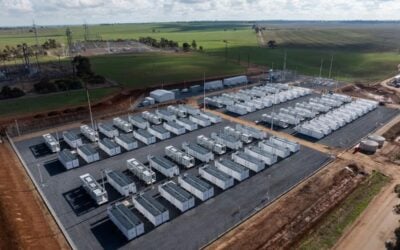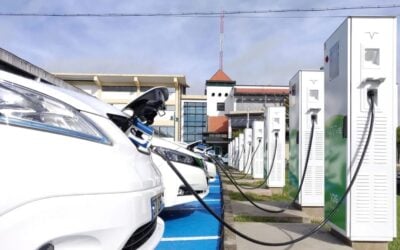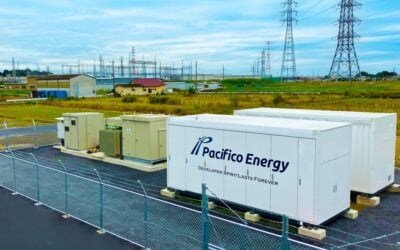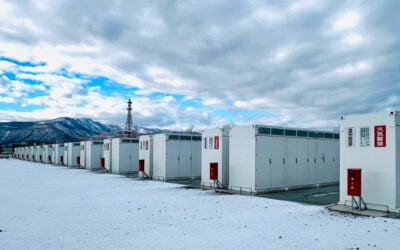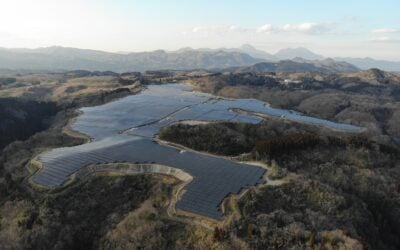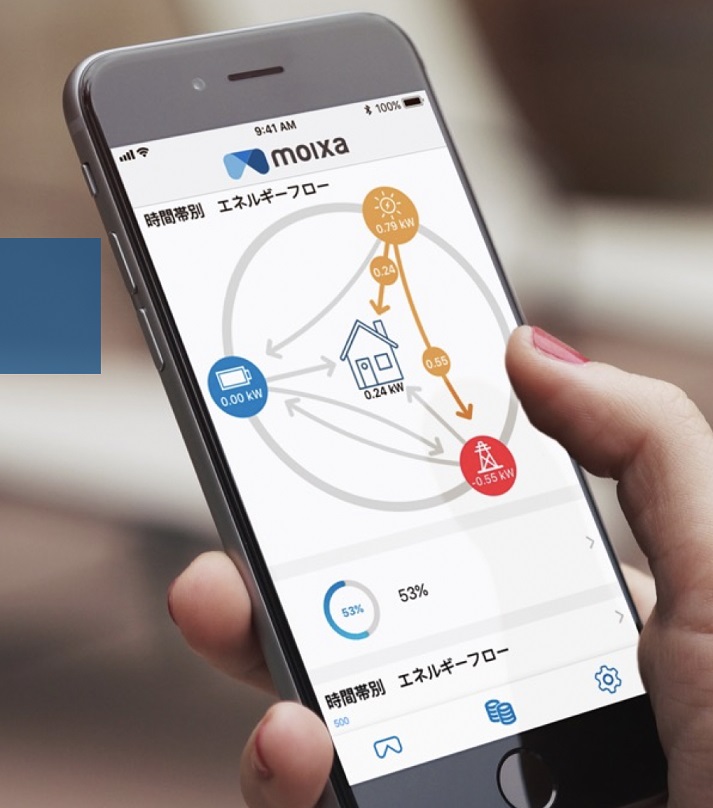
As Japan’s heavily regulated energy markets continue a process of liberalisation and supposedly increasing consumer choices, utility TEPCO has launched a smart electricity tariff enabled by the capabilities of residential battery storage.
TEPCO’s recently created electricity retail subsidiary Trende Co announced this morning that as of 1 November 2018, customers will be able to sign up to a smart tariff which the company said is linked to “next generation electric storage systems”. Trende (branded as TRENDE), was launched in April this year with TEPCO promising a battery rollout was to come.
Japanese conglomerate Itochu Corporation, which entered the energy storage system business in 2013, is the maker of Smart Star L, a home battery storage device which was developed in partnership with NF Corporation, another Japanese company which is best known for power measurement instruments. As of this month, around 30MW / 95MWh of the Smart Star L units have been sold, which Itochu said adds up to about 10,000 units.
While Itochu said it had entered the market due to the ongoing threat of natural disasters including earthquakes, with energy storage systems helping make individual households resilient from the threat of losing power in emergencies, a tie-in with UK company Moixa has enabled another layer of functionality for the Smart Star systems which has made the new tariffs possible.
Try Premium for just $1
- Full premium access for the first month at only $1
- Converts to an annual rate after 30 days unless cancelled
- Cancel anytime during the trial period
Premium Benefits
- Expert industry analysis and interviews
- Digital access to PV Tech Power journal
- Exclusive event discounts
Or get the full Premium subscription right away
Or continue reading this article for free
Adding the GridShare AI platform
Regular readers of Energy-Storage.news may have read that Moixa is the vendor and creator of GridShare, an artificial intelligence (AI) platform for managing batteries, including in combination with home solar arrays. The company said the platform optimises battery performance to help households minimise energy bills, mainly by reducing the amount of energy drawn from the grid at peak times. It has also been used to allow spare capacity in batteries to provide grid services, including ancillary service provision such as frequency regulation.
Following a launch event at the British Embassy in Tokyo, Moixa said the GridShare tech is now included in Smart Star as standard and that since the partnership began, more than 35MWh of batteries on the TEPCO network are now managed by the GridShare platform. TEPCO and Itochu became investors in Moixa in January this year.
The combination of solar and storage is supported by GridShare’s AI, which incorporates meteorological data from forecasts as well as forecasting on expected energy demand and a host of other metrics. Smart Star devices with these extra capabilities of the GridShare Client software will be available from November, Itochu said, supporting the new tariff, called ‘aidenki’ (‘love electricity’).
“Moixa’s AI and optimisation technology helps our customers get extra value from their Smart Star batteries, in maximising solar resources or preparing for weather risk, or taking advantage of our new partner tariffs with TEPCO’s TRENDE,” Itochu’s industrial chemicals division general manager Koji Hasegawa said.
Moixa said it will work in future with Itochu to develop other offerings from the GridShare platform, including virtual power plants (VPPs), EV charging management, energy services for network operators at transmission and distribution level and for power generation assets, as well as peer-to-peer (P2P) energy trading between customers.
Driven by confluence of big-picture factors
As well as the boom in solar energy seen in Japan since the shuttering of nuclear reactors after the 2011 earthquake and tsunami which hit the eastern coast, followed by the introduction of a new feed-in tariff policy in 2012, there are a number of other drivers helping make both the societal and business case for this type of offering. To that end, numerous other providers are also partnering up to enter new market segments such as virtual power plants.
One is that original feed-in tariffs set under policy regimes prior to 2012 will begin to expire in 2019, which has previously been described as a potential huge inflection point for home storage – as putting power into the grid loses its financial incentive, homeowners are likely to want to generate and store their own solar energy to use for themselves, thus saving money on buying retail power from the grid.
Even bigger than that is the top-down transformation of the electricity (and gas) market in Japan which is leading to deregulation. Utilities in Japan were historically not only monopolies for retail electricity, but are also operators of the grid in their respective service areas and hold responsibility for coordinating generation sources as well.
In the 2018 Global Energy Storage Opportunity special report from Energy-Storage.news and our publisher Solar Media, Silvestros Vlachopoulos, a distributed power sector analyst at Delta-ee, wrote about Japan’s market liberalisation and how it could be an opportunity for overseas firms.
As well as resulting in a large number of new competing retailers entering the market, the deregulation process is expected to prize system flexibility, in an island nation which operates its grid network on two separate frequencies (50Hz and 60Hz) with no interconnection between the two. This, together with the rise of renewables and net zero energy buildings – a requirement being introduced for new houses in 2020 – and other drivers including government rebate programmes which give customers cashback on storage system and PV system purchases make the Japanese electricity market an intriguing proposition, Vlachopoulos wrote.
“Japan’s transition towards a liberalised energy market, coupled with government strategic decision for the support of renewable energy, can potentially create opportunities for UK companies. The UK was the first country in the world to privatise its electricity market in 1990, making it an early pioneer of market liberalisation,” Vlachopoulos said.
“Services around electricity system flexibility (such as demand side response and energy storage), renewable energy generation and the use of digital technologies within the energy system are segments where the UK has a higher or similar level of maturity, emerging as interesting targets for a market entry in Japan.”

